
A corn is best known for the BBC Micro, and for good reason. This iconic series of computers found a place in schools in the early 1980s as a way of teaching children how to code, and it was a key component for the BBC Computer Literacy Project.
But while Acorn grew during this period (its profits reaching £8.6 million in July 1983, having been just £3,000 four years earlier), the home computer market soon went through a turbulent time. As a consequence, having already sensed a need to turn things around, Acorn's co-founder Christopher Curry began looking to target business users with new machines and identified a potential gap in the market.
It led to the production of what was the only 16-bit machine that Acorn ever madea computer that barely anyone talks about today due to it being DEL CE AC Co E a failure. Yet it's still something of a curiosity some 30 years later, with people paying good money to grab one for themselves (one eBay auction actually fetched £2,250).
Ready to talk
News of Curry's machine emerged in 1984. In that December, Popular Computing Weekly mentioned the C30, a computer the journalist said would "probably use a 16-bit version of the BBC machine's 6502 processor".
A month later, Acorn User magazine revealed more information about the computer, suggesting it would come with a built-in telephone handset and rival ICL's One Per Desk - a hybrid computer and HOME INSERT % telecommunications terminal based on Sinclair QL hardware that was launched in 1984.
It was set to use the Western Design Center's (WDC) 16-bit 65C816 chip and be compatible with the BBC and Electron machines.
An adapter would allow it to use the teletext services Ceefax and Oracle, too.
This story is from the December 2024 edition of PC Pro.
Start your 7-day Magzter GOLD free trial to access thousands of curated premium stories, and 9,000+ magazines and newspapers.
Already a subscriber ? Sign In
This story is from the December 2024 edition of PC Pro.
Start your 7-day Magzter GOLD free trial to access thousands of curated premium stories, and 9,000+ magazines and newspapers.
Already a subscriber? Sign In
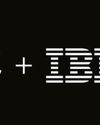
Apple's big blues
Apple once joined forces with IBM to create a new operating system that could easily have destroyed the Mac. David Crookes explains what happened
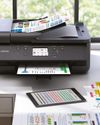
Printers for PROS
We put 14 inkjet and laser printers through their paces in our exhaustive tests for quality and speed so that you can buy with confidence
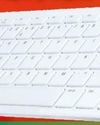
Raspberry Pi 500
A brilliant update to the Pi 400, this \"all in one\" keyboard computer makes the most of the Raspberry Pi 5's power

Dell XPS 13 (Core Ultra 200V)
Intel's second-generation Core Ultra 200V chips prove an excellent fit for the ultra-compact XPS 13

AI agents: putting AI to work
This year is set to be all about Al agents. Nicole Kobie reveals what this means and whether the backlash is beginning before Al agents are even here
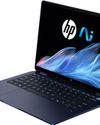
HP OmniBook Ultra Flip
A stylish 2-in-1 packed with the latest technology, and the local AI tool shows signs of promise, too
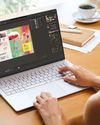
EMULATION MAKING WINDOWS ON ARM GREAT AGAIN
HOW DO THE LATEST LAPTOPS AND MACS RUN INTEL SOFTWARE ON THEIR ARM PROCESSORS? DARIEN GRAHAM-SMITH EXPLORES THE WONDERFUL WORLD OF EMULATION
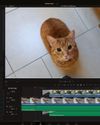
DAVINCI RESOLVE
Edit and render videos like a pro. Nik Rawlinson shows you how to hit the ground running in the powerful free editing suite
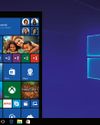
WINDOWS in 2025
With the new year bringing the curtain down on the most used version of Windows, Barry Collins explores where consumers and businesses should head next
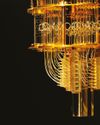
4 surprising things we learned from IBM Research
While AI and quantum computing were the two big themes at this year's IBM Research Europe media event, Tim Danton reveals there was also one surprise lurking in the lab